| Structure | Name/CAS No. | Articles |
|---|---|---|
 |
Sulfuric acid
CAS:7664-93-9 |
|
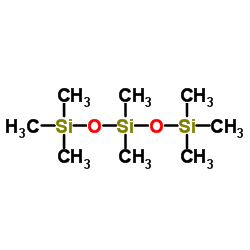 |
Octamethyltrisiloxane
CAS:107-51-7 |
|
 |
Hexamethyldisiloxane
CAS:107-46-0 |
|
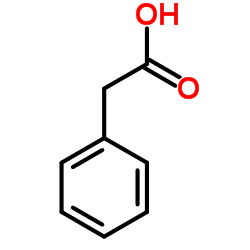 |
Phenylacetic acid
CAS:103-82-2 |
|
 |
Forskolin
CAS:66575-29-9 |
|
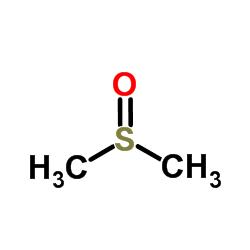 |
Dimethyl sulfoxide
CAS:67-68-5 |
|
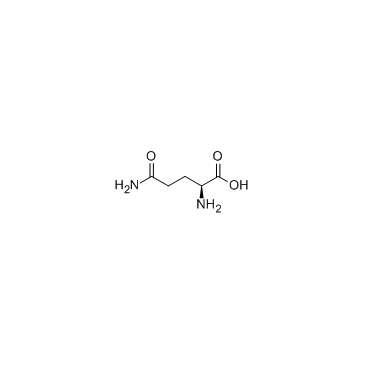 |
L-Glutamine
CAS:56-85-9 |
|
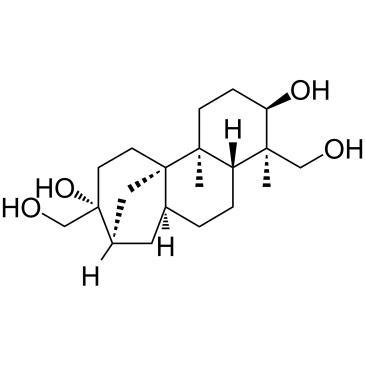 |
(+)-Aphidicolin
CAS:38966-21-1 |
|
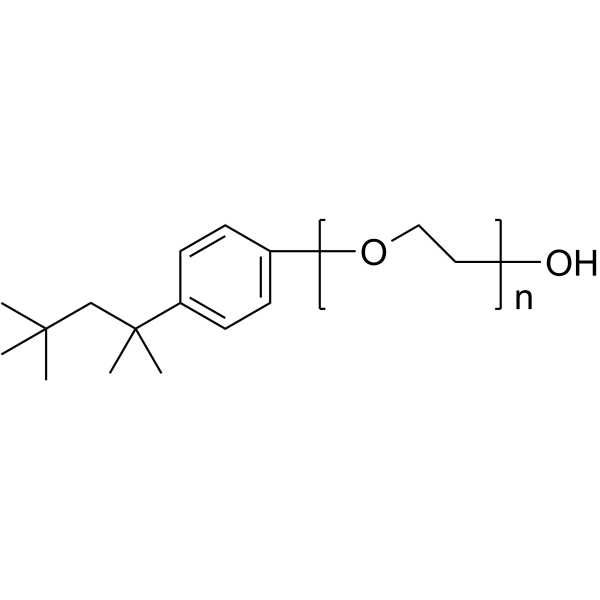 |
Triton X-100
CAS:9002-93-1 |
|
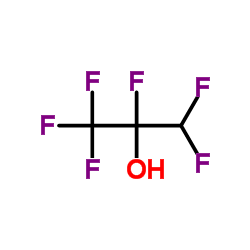 |
Hexafluoroisopropanol
CAS:920-66-1 |